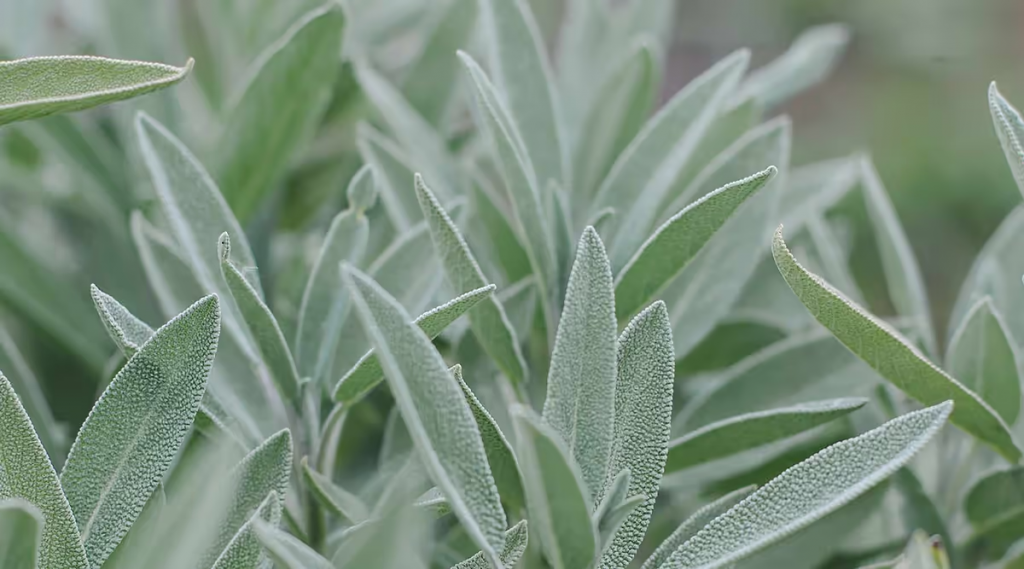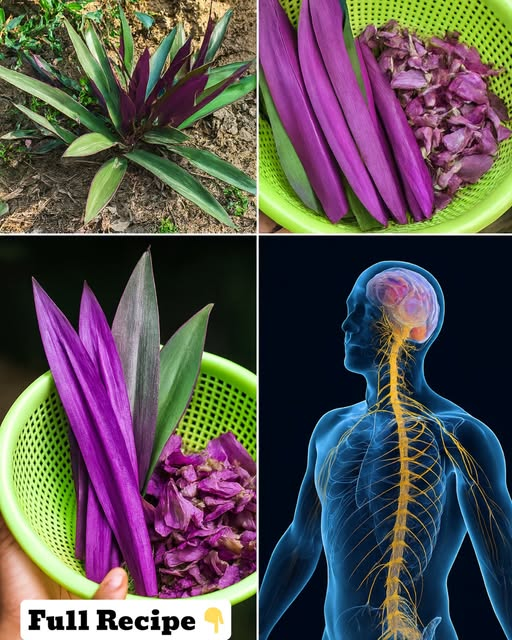Could a single herb transform your mental clarity and ease joint pain? Sage, used for centuries in traditional medicine, is packed with rosmarinic acid and antioxidants that can enhance memory by up to 15%, according to a 2008 study, and reduce inflammation. If you’re battling brain fog or achy joints, this aromatic plant offers a natural solution. In this guide, we’ll explore six effective ways to use sage to support brain health, reduce inflammation, and promote joint comfort. With practical recipes, safety tips, and real-life examples, you’ll learn how to incorporate sage into your routine for lasting wellness. Ready to harness sage’s power for a sharper mind and flexible body? Let’s dive into this herbal remedy!

Why Sage Is a Wellness Powerhouse
Sage (Salvia officinalis) contains rosmarinic acid, cineole, and flavonoids, which combat oxidative stress and inflammation. These compounds enhance acetylcholine activity, supporting memory, while anti-inflammatory properties ease joint stiffness. Sage also has antimicrobial effects, boosting immunity and skin health.
For example, Lisa, a 45-year-old teacher, used sage tea to improve focus during long workdays. After a month, she noticed sharper cognition and less joint discomfort. However, sage’s potency requires careful use to avoid side effects. Let’s explore how to use it effectively.
Sage Tea for Brain Clarity and Joint Relief
Sage tea is a simple way to boost cognitive function and soothe joints.
Preparation Steps:
- Steep 1-2 teaspoons dried sage (or 5-7 fresh leaves) in 1 cup hot water for 10 minutes.
- Strain and sip 1 cup in the morning for brain health or evening for joint comfort.
- Limit to 1-2 cups daily to avoid excess thujone.
Benefits:
- Enhances memory and focus via acetylcholine support.
- Reduces joint inflammation with rosmarinic acid.
- Promotes relaxation for better sleep.
Precaution: Avoid overconsumption, as thujone in high doses may cause dizziness. Patch-test if sensitive to mint-family plants.
| Key Benefits of Sage |
|---|
| Component |
| Rosmarinic Acid |
| Cineole |
| Flavonoids |
Sage-Infused Oil for Joint Massage
This oil soothes aching joints and promotes skin health with sage’s anti-inflammatory properties.
Preparation Steps:
- Steep ¼ cup dried sage leaves in ½ cup olive oil for 2 weeks in a dark, cool place.
- Strain and massage 1-2 teaspoons into joints daily for 5 minutes.
- Store in an airtight bottle for up to a month.
Case Study: John’s Relief
John, a 50-year-old runner, used sage oil for knee pain. After three weeks, he reported less stiffness and better mobility during runs.
Tip: Warm the oil slightly for deeper penetration. Stop if skin irritation occurs.

Sage Compress for Inflammation
A warm sage compress reduces joint swelling and muscle soreness effectively.
Preparation Steps:
- Brew a strong sage tea (2 tablespoons dried sage in 2 cups hot water).
- Soak a clean cloth in the warm tea and apply to sore joints for 15-20 minutes.
- Use 2-3 times weekly for relief.
Benefits:
- Reduces swelling with anti-inflammatory compounds.
- Soothes muscle tension for better mobility.
- Promotes relaxation in applied areas.
Precaution: Ensure the tea is warm, not hot, to avoid burns.
Sage Mouth Rinse for Oral and Cognitive Health
Sage’s antibacterial properties support gum health, which is linked to cognitive function, per a 2020 study.
Preparation Steps:
- Steep 1 tablespoon dried sage in 1 cup hot water for 15 minutes.
- Cool and swish for 1 minute, 1-2 times daily.
- Spit out, don’t swallow, to avoid thujone buildup.
Case Study: Sarah’s Improvement
Sarah, a 40-year-old writer, used this rinse to combat gum inflammation. After a month, she noticed healthier gums and sharper focus.
Tip: Use after brushing for fresher breath and oral health.
Culinary Sage for Overall Wellness
Adding sage to meals boosts digestion and provides antioxidants, supporting brain and joint health.
How to Use It:
- Chop 3-5 fresh sage leaves and add to soups, stews, or roasted vegetables.
- Use sparingly (1-2 teaspoons dried sage) to avoid overpowering flavors.
- Incorporate 2-3 times weekly for consistent benefits.
Benefits:
- Stimulates bile flow for better digestion.
- Delivers antioxidants to reduce systemic inflammation.
- Enhances meal flavor without excess sodium.
Precaution: Avoid large amounts if on diabetes or blood pressure medications, as sage may interact.

Growing and Sourcing Sage Safely
Sage thrives in sunny, well-drained soil, making it easy to grow in pots or gardens. Harvest leaves after 6-12 months for maximum potency. Alternatively, buy organic dried sage from reputable health stores to ensure quality.
Tips for Sourcing:
- Check for vibrant green color and strong aroma in dried sage.
- Store in airtight containers in a cool, dark place.
- Avoid sage with added fillers or non-organic sources.
Case Study: Emma’s Garden
Emma, a 35-year-old nurse, grew sage at home and used fresh leaves for tea. She found it more potent and cost-effective, enhancing her memory and joint comfort.
Avoiding Common Mistakes with Sage
To ensure safe use, avoid these pitfalls:
- Overconsumption: Limit sage tea to 1-2 cups daily to avoid thujone-related side effects like dizziness.
- Medication Interactions: Consult a doctor if on diabetes, seizure, or blood pressure meds, as sage may interfere.
- Allergies: Test for sensitivity to mint-family plants; stop if rash or discomfort occurs.
- Ignoring Quality: Use fresh or organic sage to avoid contaminants.
Case Study: Tom’s Adjustment
Tom, a 42-year-old chef, drank excessive sage tea and felt lightheaded. Reducing to one cup daily and consulting his doctor resolved the issue, improving his focus.

Why Sage Fits Modern Wellness Trends
In 2025, sage aligns with the demand for natural, plant-based remedies. Its versatility as a tea, oil, or culinary herb makes it accessible for brain health, inflammation, and joint support. Pair with a balanced diet rich in omega-3s and antioxidants for synergy.
Conclusion
Common Questions About Sage
Is sage safe for daily use?
Yes, in moderation (1-2 cups tea or small culinary amounts). Consult a doctor if on medications.
How soon will I see benefits?
Improved cognition or joint comfort may appear in 2-4 weeks with consistent use.
Can I use sage topically and internally?
Yes, but patch-test for skin use and avoid overuse internally to prevent side effects.
Disclaimer: This content is for informational purposes only and does not replace professional medical advice. Consult a healthcare provider for personalized guidance.
Sage offers a natural way to boost brain health, reduce inflammation, and ease joint pain. Try these six methods to enhance your wellness. Share this guide with friends and visit our website for more health tips!




